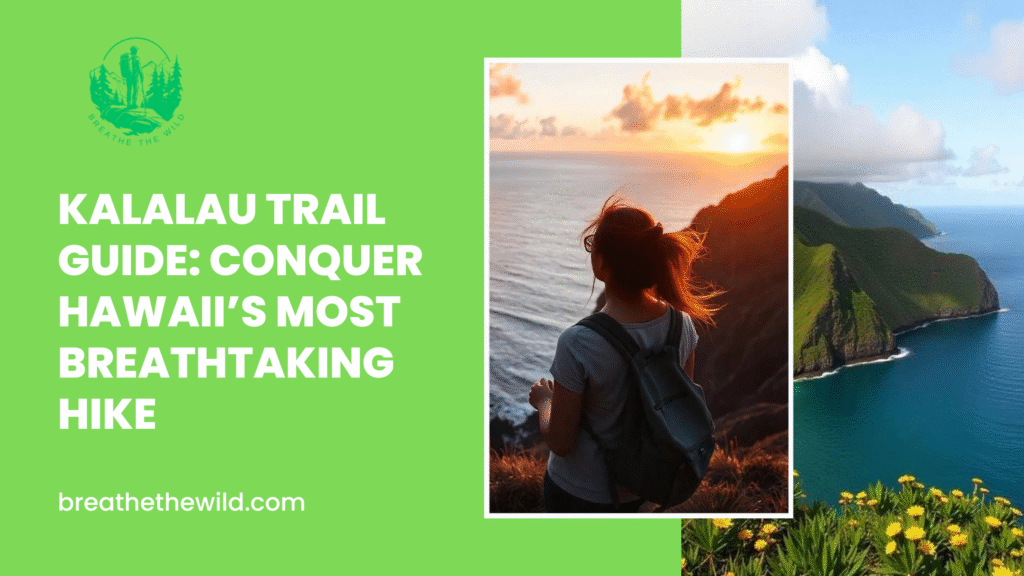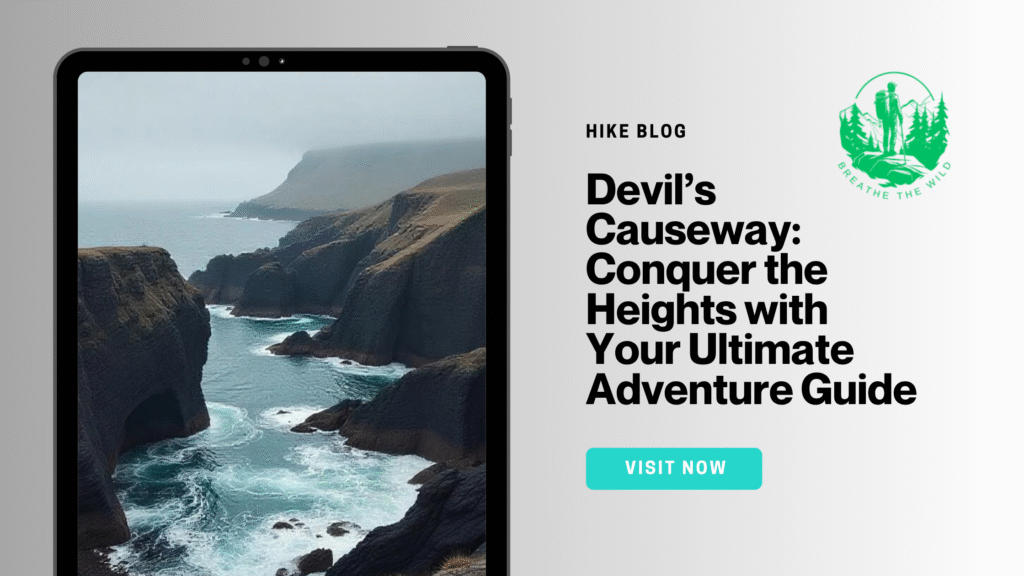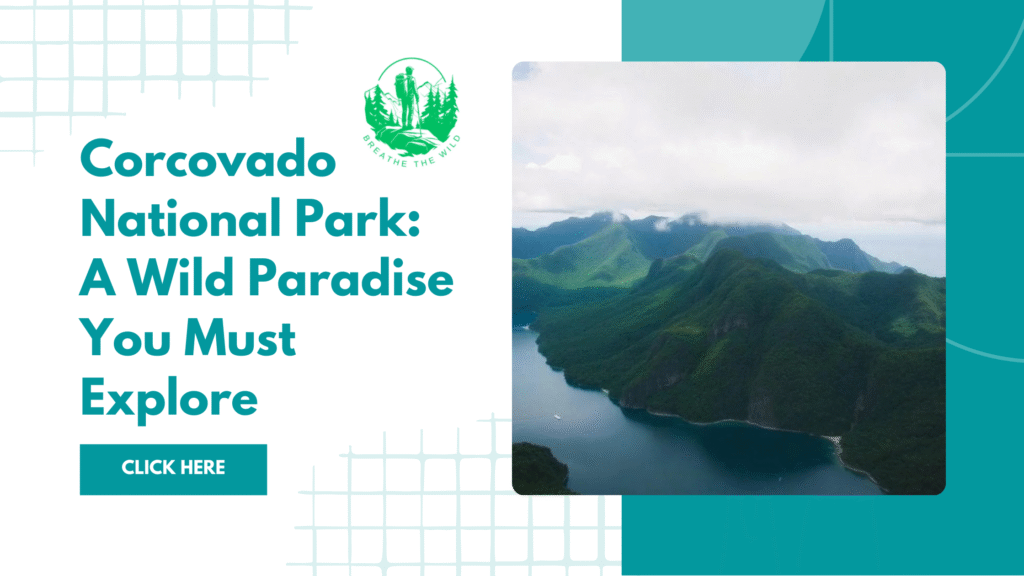Table of Contents
Introduction: Why the Kalalau Trail Is on Every Hiker’s Bucket List
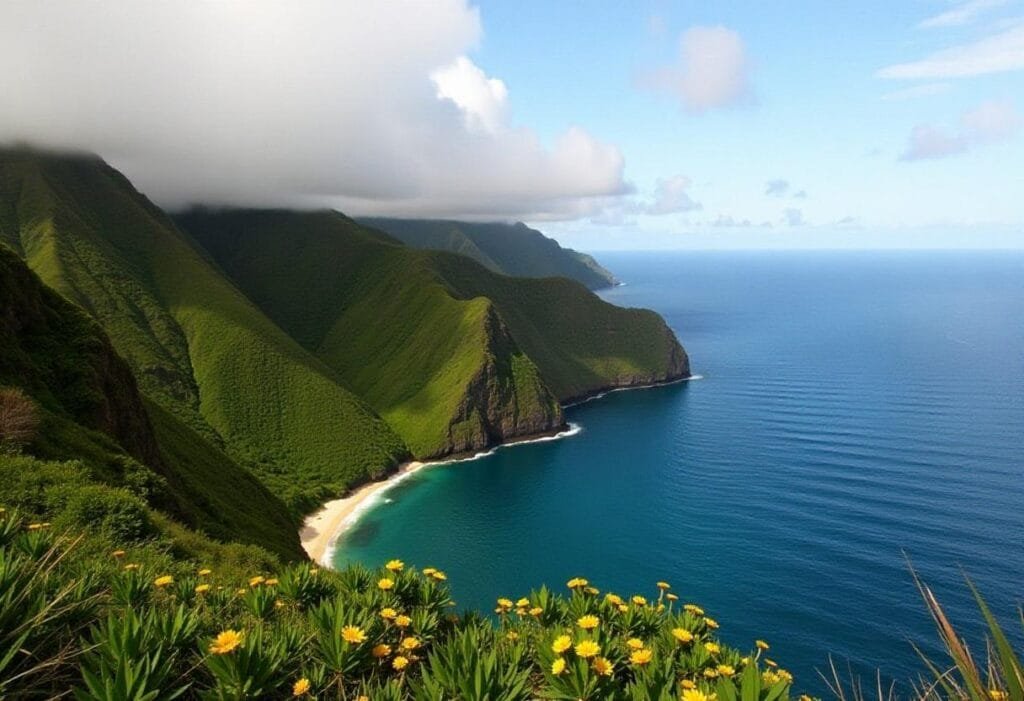
Just imagining yourself taking a hike through a tropical forest, by some raging streams, and along a cliff that towers above the Pacific Ocean is more than enough to get you excited. So that is the Kalalau Trail, a 22-mile there-and-backand hike along the mythic Napali coast of Kauai. The fact that it is considered the wildest and most amazing deadliest trail in the realm of Hawaii makes one sure that the path will provide adventure tourists who seek to get a once-in-a-lifetime adventure when it comes to their interest in seeking raw beauty and real challenge.
This Na Pali Coast was beautiful, and it is likely to make you breathless in the same way, too. Whether it is an actual trek to Kalalau Beach or Hanakapi Falls, use this read on how to gear yourself up as a pro. What you want to know to make it safely, successfully up the Kalalau Trail: permits and packing lists to must-see stops and safety tips, we know.
Where Is the Kalalau Trail? A Slice of Heaven on Kauai’s Napali Coast
The Lay of the Kalalau Trail seems to be on the Northern part of Kauai, which happens to be the oldest and the most rugged major island of Hawaii. It encompasses the dramatic Napali Coast, which is an isolated location known to possess tall green cliffs, cascading waterfalls, and unblemished beaches.
Exact Location and How to Get There
The hike starts at the Kebe (in the state park of Hahawina). How to drive there(1-hour drive on Kuhio Highway (Route 56/560) via Lihue Airport. The parking is limited to the utmost extent, where we are forced to pre-book parking or a shuttle facility.
What Makes the Napali Coast So Unique
It is not such a coastline as there is in the world. Dazzling in its jagged peaks, the high sea caves, and remote valleys, the Napali Coast is so breathtaking and car inaccessible. This is, in fact, the main reason why the Kalalau Trail has become a bucket-list experience, because the sole access to this pristine nature is the land one.
Map Preview and Key Geographical Highlights
It will traverse 5 large valleys and will reach Kalalau Beach, which is one of the most inaccessible beaches. It is an ascent that is given to streams, steep switchbacks, and the edge of cliffs that lead to the ocean during the trek. Above all, study the topographic maps and signposts before any hike, especially on the entire hike.
Kalalau Trail at a Glance: Distance, Duration, and Difficulty
Kalalau Trail is not a hike on a beautiful path; it is real physical punishment. And yet to those who are ready to make an effort, the reward is a real slice of heaven (Hawaiian style).
Total Length: 22 Miles Round Trip
Hiking in its entirety and both directions on the Ke’eyy beach and the Kalalau beach is 22 miles. It consists of 11 miles of off-roading over hilly, muddy terrain that consists of steps and steep angles.
Elevation Gain and Physical Demands
The altitude ascent is appx 5,000 ft, and you will find yourself constantly ascending and descending through tropical rainforest and up and down over expanses of bare cliff face. Neither is it a hike to the layperson. Their training and conditioning are strongly recommended.
Day Hike vs Overnight Hike
- Day Hike: It requires no camping permit to hike down to Hanakapi’ ai Beach (2 miles) or Hanaka’ i” ai Falls (4 miles one way). Be sure to obtain a day-use reservation.
- Overnight Hike: Hiking beyond Hanakapi requires permits to the Napali Coast State Wilderness Park, and you would need to camp somewhere special like Hanakoa or Kalalau Beach.
Permit and Camping Guide: How to Legally Hike the Kalalau Trail
Permits on the Kalalau Trail are quite stringent, and even the lack of them can mean enormous fines or expulsion from the park.
Step-by-Step Process for Getting Permits
- Visit the Hawaii state parks reservation site
- The selection Napali Coast State Wilderness Park
- Choose the dates and number of hikers
- Make the payment of fees and print your permit
Better to reserve ahead as it is pretty common to run out of permits months before the high season.
Where to Camp: Hanakoa vs Kalalau Beach
- Hanakoa Campground is right in the middle of the route (6 miles in). It is a nice campsite for longer hikes.
- The path ends with the Kalalau Beach Campground, where visitors experience a surreal situation of falling asleep next to some cliffs and ocean waves.
The two sites are the only places where camping is permissible. It is illegal to wild camp elsewhere on the trail.
Rules, Regulations, and Fines to Avoid
- Campfires are prohibited
- Pack out all trash and food waste.
- No pets allowed
- Violating permit rules can result in fines up to $500
Check Out: Corcovado National Park: A Wild Paradise You Must Explore.
Best Time to Hike: Seasons, Weather, and Trail Conditions
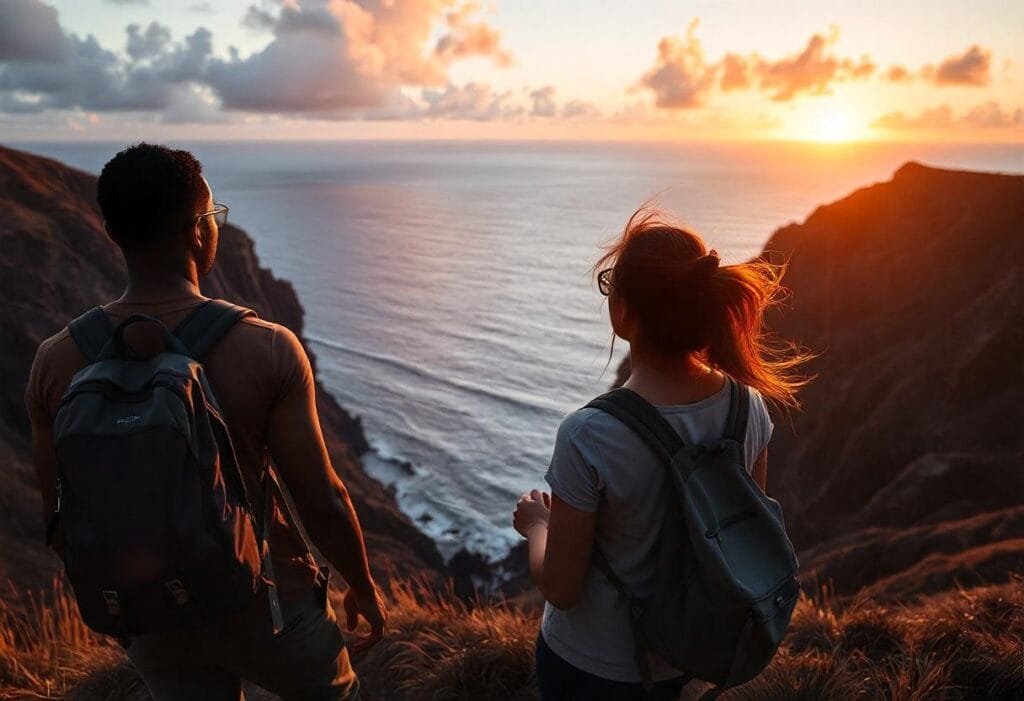
The timing of the hike is also imperative to the enjoyment and the safety of a trip.
Ideal Months for Hiking the Trail
The most opportune point to hike through the Kalalau Trail occurs in the dry season, which is normally between April to October. These are the months with more stable winds and less flash flooding and with more daylight.
Dangers of Rain, Flash Floods, and Slippery Paths
During periods when there is little rainfall, it may surprise a person during the dry season. Other river crossings, such as Hanakap Stream, can prove risky following heavy precipitation. The path is skirting and occasionally slippery, particularly in areas where there are cliffs- always great care should be used.
Real-Time Resources to Check Trail Status
Before setting out, check these resources:
- Closures and alerts Hawai’i State Parks site
- Local rain and flood warning local forecasts
- Hawaii Department of Land and Natural Resources (DLNR) updates on the permits
What to Pack: Gear Checklist for the Kalalau Trail
The key to surviving- and having fun on The Kalalau Trail– is smart packing. It is a rough terrain, uncertain weather, and an isolated trail. All you take must be selected with weight, purpose, and endurance in mind.
Essential Hiking Gear for Tropical, Wet ConditionsHeavy-dutyy hiking boots that have good traction and support (ankles).
- Low lightweight rain jacket or poncho
- Drying materials (non-cotton)
- Steep walking with trekking poles, balancing on steep parts of the path
- Waterproof cover on backpack or dry bags
- The additional batteries and headlamp or flashlight Essentials- Headlamp or flashlight with additional batteries
- Tent/ ultralight shelter (overnight hikers)
Food, Water Filters, and First-Aid
- High-calorie, non-perishable food: energy bars, nuts, dried fruit, and dehydrated meals
- Water filtration system: Sawyer filter, UV purifier, or purification tablets
- Bladder hydration (2) or bottles of water (3 liters at least)
- First-aid kit: bandages, antiseptic, pain relievers and blister pads, and all personal meds
- Electrolyte powder or tablets for dehydration prevention
Lightweight Packing Tips for a Long-Distance Trek
- Take things that can be used in more situations (e.g., a buff that doubles as sun protection and a towel)
- Clothes off: single or 2 sets of tong, permeable outfits
- Choose ultra-light equipment: A tent, a sleeping bag, a cooker, and pots and pans
- Make sure that the weight in your packing is well balanced so as not to overwork yourself.
- One golden rule when venturing out in nature, live by the motto: pack it in, pack it out, leave no trace.
Key Highlights Along the Trail You Don’t Want to MissKalalau Trail is as much an artwork to look at as a trip. The 11-mile hike to Kalalau Beach will see you encounter some of the most spectacular physical features in the state of Hawaii.
Hanakapi’ai Falls (Optional Detour)
It is a spectacular 300-foot waterfall about 4 miles into the trail and accessed by a side trail at Hanakapi a beach. It would be one of the favorite day hikes, and a quick dip might be an option when the flow is safe. Be careful of flash floods when you are there.
Hanakoa Valley
There is a shady, wooded place of rest and one of the few permitted camp sites, Hanakoa, about halfway down the trail. These amenities include general resorts, availability of streams, and even a detour to Hanakoa Falls, which is a less popular waterfall in the valley.
Kalalau Beach: The Ultimate Destination
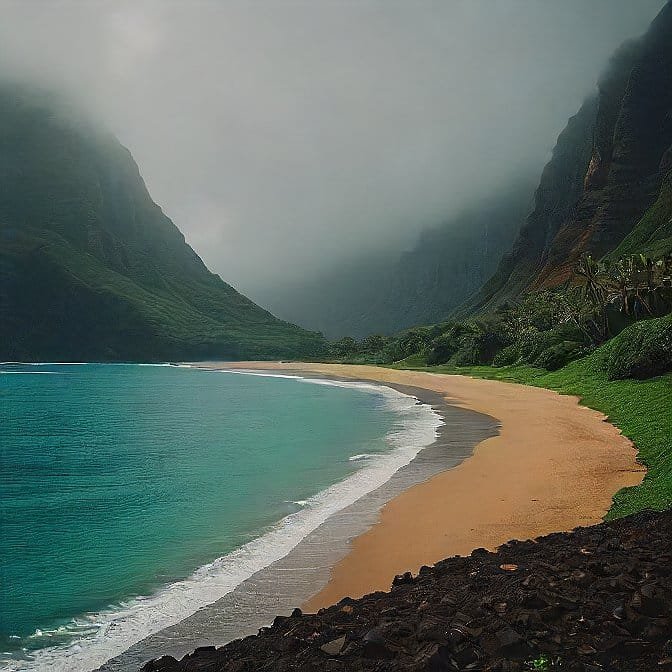
After an 11-mile tough hike, Kalalau Beach appears miraculous. The remote oasis is only accessible on foot, by kayak, or by air, with the high cliffs, turquoise ocean water, and miles of golden sand. It is the best place to be after the trek; one does not feel like this ever in their life. It is like the Hawaiian wilderness, uncooked and untouched.
Secret Caves, Cliff Views, and Ocean Breezes
Take in the deep-sea caves off Kalalau Beach, where some can be entered or slept in during a clear day. One can also see that the trail offers cliff views that drop hundreds of feet to the ocean, trade winds are newly available, and chances of dolphins or even the migrating humpback whale.
Conclusion: The Kalalau Trail Is More Than a Hike—It’s a Journey Into the Heart of Hawaii
The Kalalau trail is no picnic-there are people and they are not fit to tackle this trail, but to those who are up to it, rewards await them, to the extent that it will leave a lasting haunting history in their lives. This is the place where you find all, the sea cliffs which point to the sky, and the well-hidden waterfalls, as well as the secluded beaches and the history that Hawaiians had, and it is all a journey into the wild beauty of nature.
Whether you wish to cover only part of it or complete the 22-mile walk is not the major stumbling block, because you need to prepare. There are several pertinent factors that determine your safety ansuccessess which are the permits, equipment, weather conditions, and physical fitness. But once you get to Kalalau Beach, where the Pacific Ocean is at your front foot with emerald cliffs on your rear end, you will know why this hike is regarded somewhat of a spiritual and physical rite of passage to anyone who hikes in the world.
Be slow, be mindful of where you go, and leave no footprint. The Kalalau Trails expedition is not just a location that you would visit; it would become a pleasure that would be embedded in your lifelong memory.
For more info: Click Here.
FAQs About the Kalalau Trail
1. Am I going to need a permit to hike the KalalauTraill
Yes. To camp, you do not need a permit; however, you will require any hiking beyond the Hanakapi aai Valley. Day-use to Hanakapi sea hikes up to Hanakapi sea Beach or Falls need to be booked through issue of a day-use permit through the Hanae State Park system. A Napali Coast State Wilderness Park camping permit is also permitted on next-day hikes.
2. Just how difficult is an average hiker to Kalalau?
The whole Kalalau trail is considered very challenging; it has severe uphill grades, wet weather, and goes through a lot of river crossings. A good build, the right equipment,nt aa nd a good sense of direction are requisite requirements. However, day hikes to Hanakapiai Beach or Falls are not very difficult to accomplish for most reasonably fit individuals.
3. Hmm, will I be alone to hike the Kalalau Trail?
Yes, you can even set out as a hiker alone, but with greater dangers. Cell service is sparse; there is are chance there is no help nearby in the event of injury or emergency. The precautionary measures are to be met even in the event that you would like to trek solo: notify a person about your path, carry first-aid gear, a nd consider bringing along a GPS or satellite tracker.

